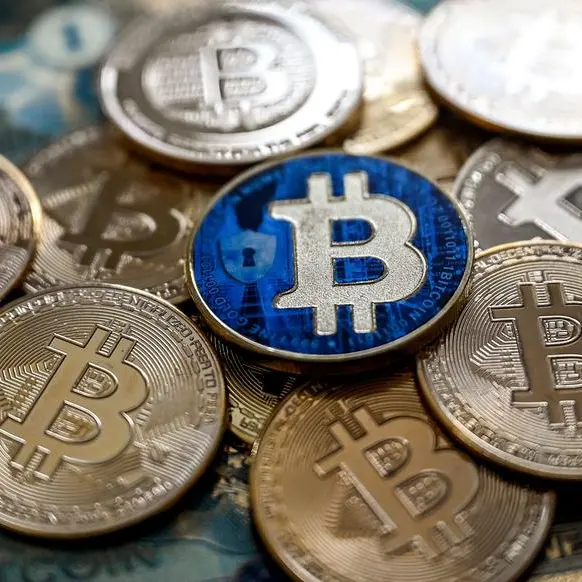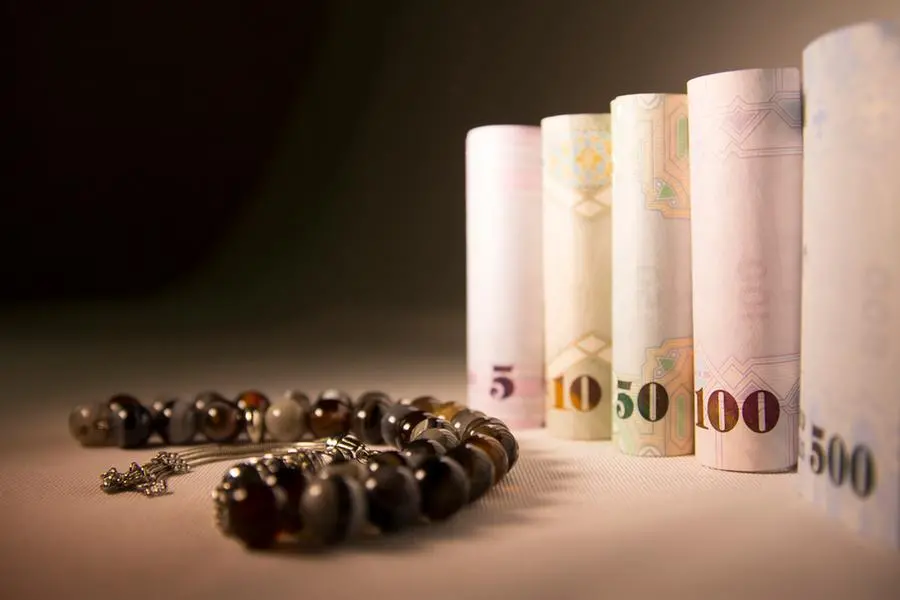PHOTO
FILE PHOTO: Four thousand U.S. dollars are counted out by a banker counting currency at a bank in Westminster, Colorado November 3, 2009. REUTERS/Rick Wilking/File Photo
TOKYO - The dollar traded near a four-week high versus the euro on Thursday after signs of some stickiness in U.S. inflation reinforced expectations that the Federal Reserve would avoid a super-sized interest rate cut next week.
Meanwhile, a quarter-point rate reduction from the European Central Bank (ECB) is widely expected later on Thursday, with investors anxious for hints on how soon the monetary authority will cut again.
The dollar gained against the yen, following a turbulent session on Wednesday that saw the U.S. currency plunge as much as 1.24% to the lowest this year before recovering all its losses after the consumer price data.
Early on Wednesday, Bank of Japan board member Junko Nakagawa reinforced the central bank's tightening bias by saying low real rates leave room for further rate hikes.
On Thursday, fellow BOJ board member Naoki Tamura, known as a policy hawk, said the market's expected pace of tightening could be too slow - comments that helped put a floor under yen weakness.
These speeches are a sign of an important shift in communication style at the bank, according to Shoki Omori, chief Japan desk strategist at Mizuho Securities.
"The BOJ is trying to get markets to price in a hike using forward guidance instead of using media outlets, which is a good change," he said.
"But markets aren't used to it, so that's one reason why yen volatility has risen in recent weeks."
The dollar rose 0.13% to 142.55 yen as of 0200 GMT, after earlier gaining as much as 0.41%. It dipped as low as 140.71 for the first time since Dec. 28 in the prior session, following Nakagawa's comments.
The rebound in the dollar-yen pair "has left signs of downside capitulation at the 140.71 low, ... opening the way for a recovery back towards 145.50," said Tony Sycamore, an analyst at IG.
The pair tends to track U.S. long-term Treasury yields, which bounced back forcefully after dipping to a 15-month low of 3.605% on Wednesday, and were ticking up in Asian time on Thursday to last stand at 3.6665%.
The U.S. consumer price index (CPI) rose 0.2% last month, matching the advance in July. Excluding the volatile food and energy components, however, the gauge climbed 0.3%, accelerating from the previous month's 0.2% increase.
As a result, traders essentially priced out the chances of a 50-basis point (bp) rate cut on Sept. 18, paring the odds to 15% versus 85% probability for a 25-bp reduction.
There are still 104 bps of cuts priced by year-end though, meaning markets expect a 50-bp cut at either the November or December meeting.
For the ECB, markets are essentially 100% priced for a quarter point reduction on Wednesday, with an array of policymakers backing another cut following June's quarter-point reduction.
The euro was flat at $1.1009, sticking close to Wednesday's low of $1.1002, the weakest since Aug. 16.
Sterling edged lower to $1.3038, after dipping as far as $1.30025 in the previous session for the first time since Aug. 20.
The Swiss franc was also on the back foot, with the dollar steady at 0.85215 franc, after touching the highest since Aug. 21 at 0.8544 franc on Wednesday.
(Reporting by Kevin Buckland; Editing by Christopher Cushing)





















